While soil might not necessarily be the most exciting part of gardening, it is a fundamental part of the process. Sand certainly plays a big role in this process. Not all sand is created equal, so to see your plants thrive, you have to use the right type. There are essentials for the common types of sand for gardening, including how to use them and what their benefits are. If you're wondering about the best type of sand or figuring out where to buy coarse sand for gardening, this guide will help you make informed decisions for healthier plants and your gardening needs.
Understanding the Types of Coarse Sand for Gardening
Horticultural sand, characterized by its larger particles and granular texture, can be referred to by various names since it is made of different types of crushed rock. It is generally comprised of crushed quartz, crushed granite, or sandstone, and therefore could be termed as sharp sand (large, sharp, and gritty particles), coarse sand (similar to sharp sand but has bigger particles that prevent soil from compacting), or quartz sand (very gritty and ideal for promoting soil drainage).
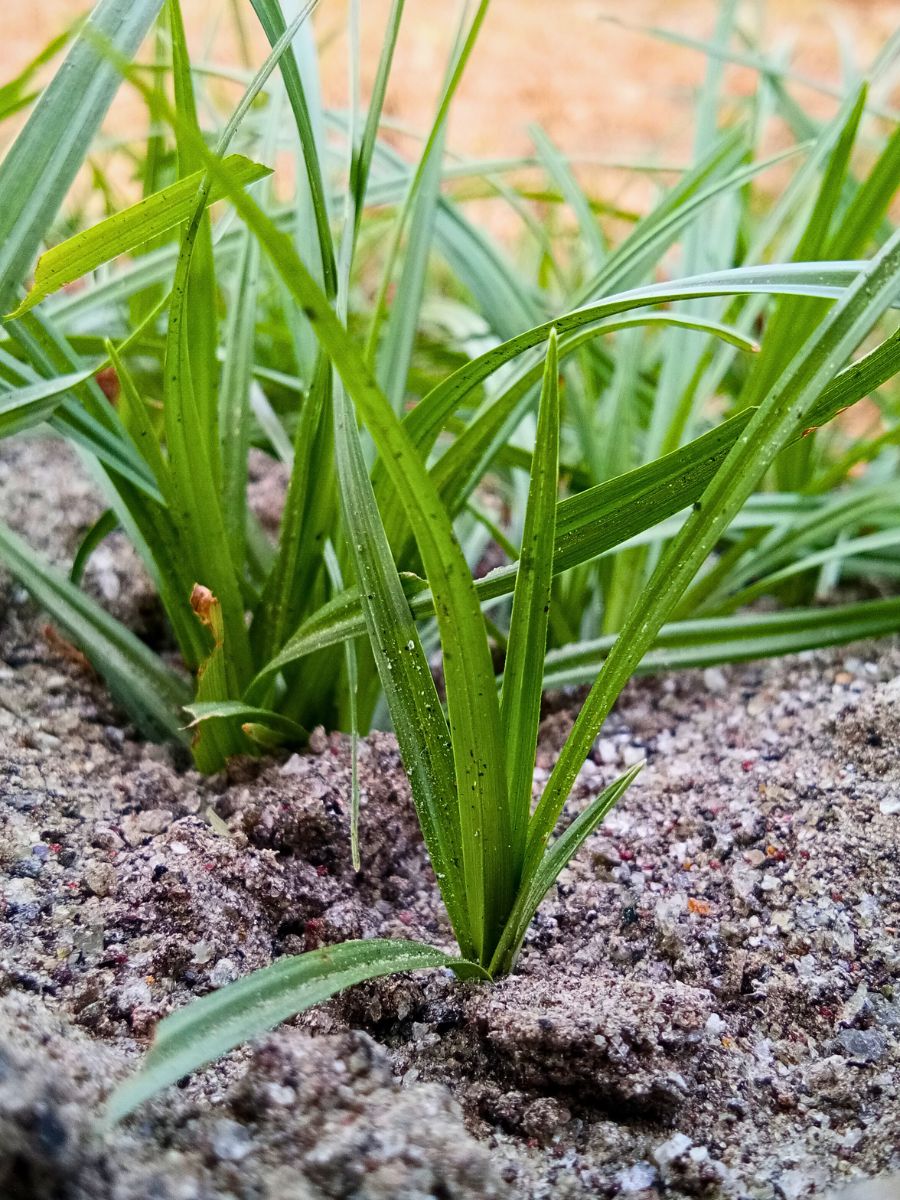
This type of coarse sand works differently from finer varieties because of its particle size. The combination of large and small particles creates air pockets in the soil, which means water can drain quickly while still allowing plant roots to access the moisture they need. The gritty sand texture makes horticultural sand even effective. Unlike sandbox sand or beach sand, which have small particles that compact easily, this sand maintains its loose structure even when wet. It is the go-to choice for gardeners facing poor drainage and seeking to improve soil drainage.
Builder's sand (or as some people call it, construction sand) is, on the other hand, a great alternative to horticultural sand. However, it is a lot less uniform in terms of particle size. This variation can work in your favor for certain garden amendments, though it may not be the best for gardening in all situations. Builder's sand tends to be more affordable and readily available at hardware stores, making it a practical choice for larger projects where you need enough sand to amend significant garden areas.
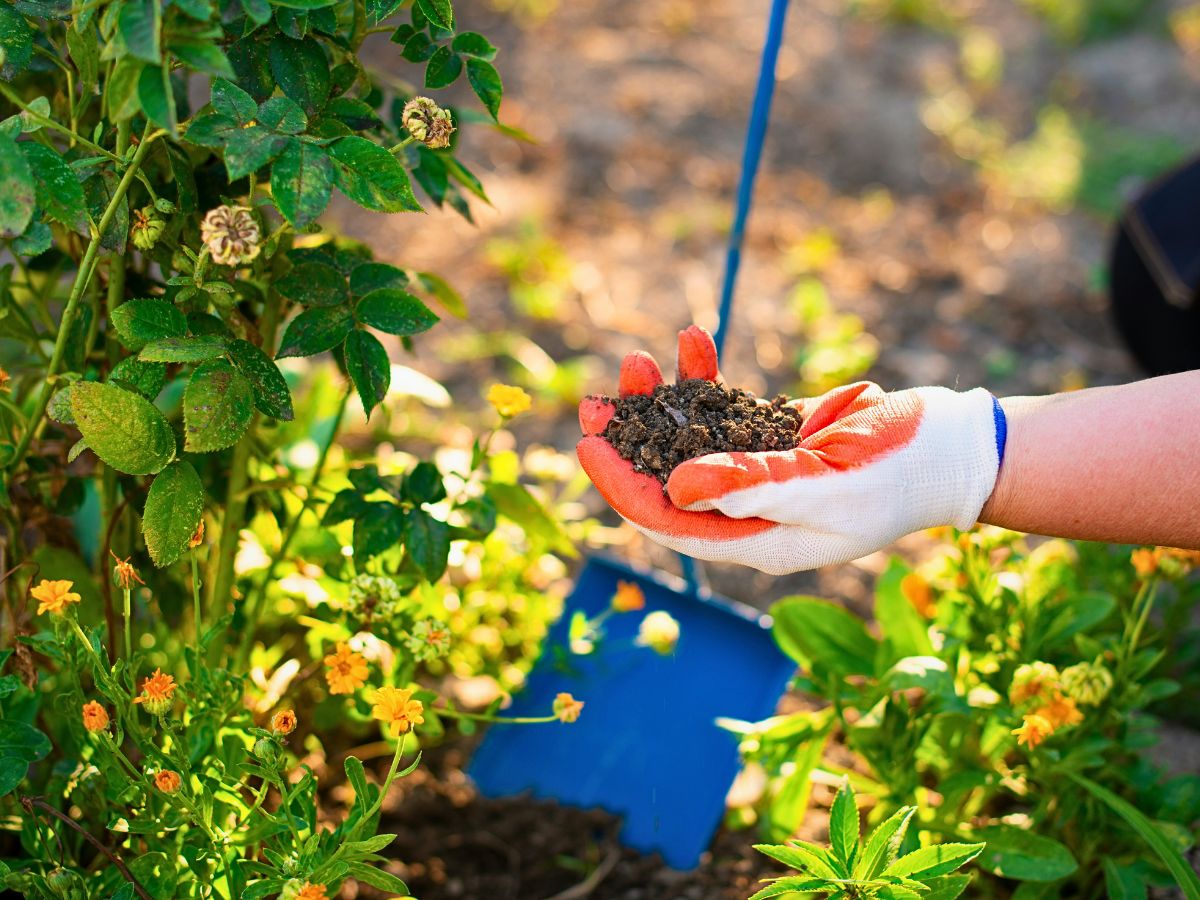
When comparing builder's sand to horticultural sand, both can help improve drainage and soil structure. Their key difference lies in consistency. Horticultural sand, nonetheless, offers more predictable results for plants' healthy growth.
How Can You Use Sand for Gardening?
Sand is ideal for gardens because it comes with different benefits. But you have to know how to use it! Here are a few different ways that you can get the most out of garden sand.
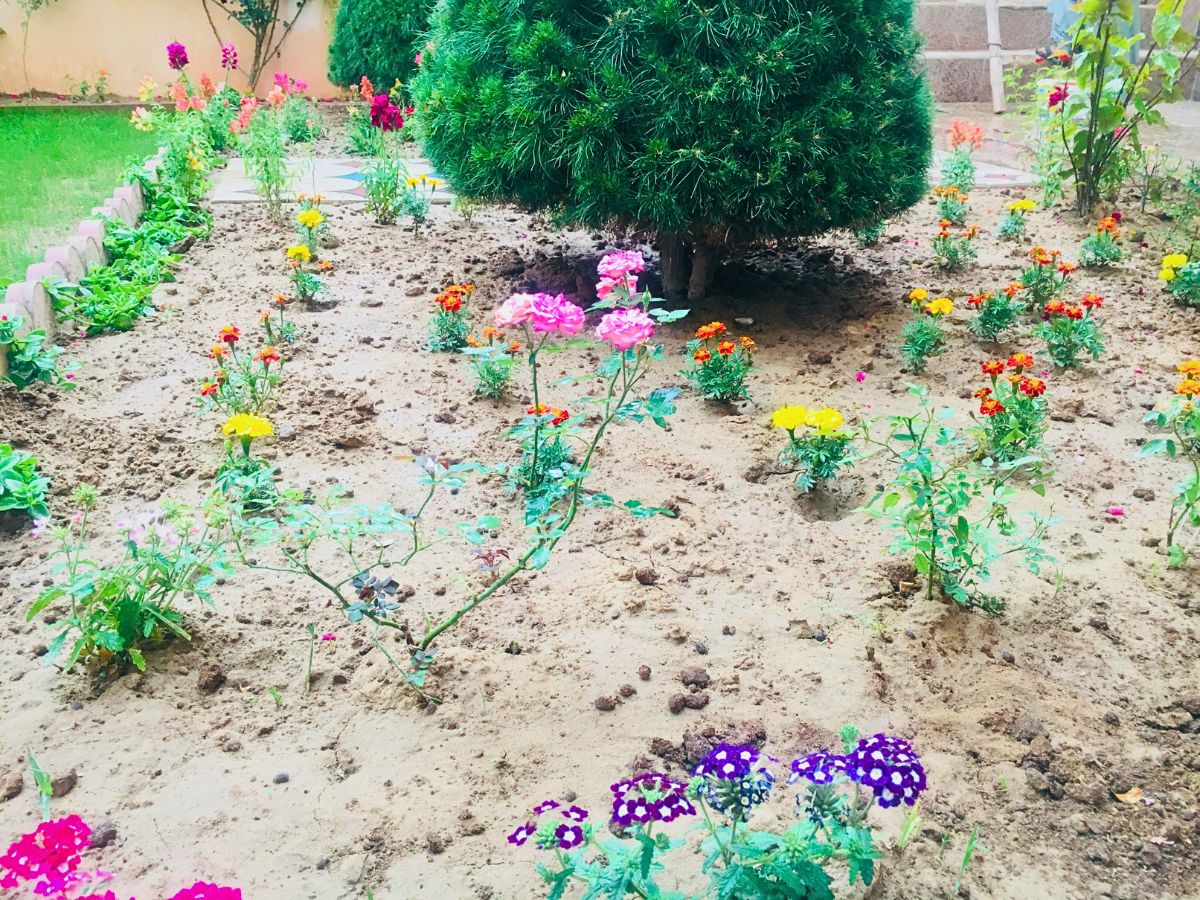
Improving Drainage and Garden Soil Quality
One of the ways to keep your plants healthy is to ensure that the garden soil has proper drainage. Without adequate soil drainage, plant roots can become waterlogged, leading to plants suffocating due to a lack of oxygen in the soil. The key is to use one-part horticultural sand and mix it with your garden soil in a ratio of one part sand to two parts soil. Using this method can help prevent root rot and improve the roots’ oxygen flow.
For gardeners dealing with particularly problematic drainage issues, coarse sand offers the best results. The larger particle size means water moves through quicker, reducing the risk of standing water around plant roots. When working with poorly drained soil, adding coarse sand creates ways that help water reach the roots without waterlogging them. This balanced growing medium ensures your plants get the moisture they need while preventing suffocation due to soil compaction.
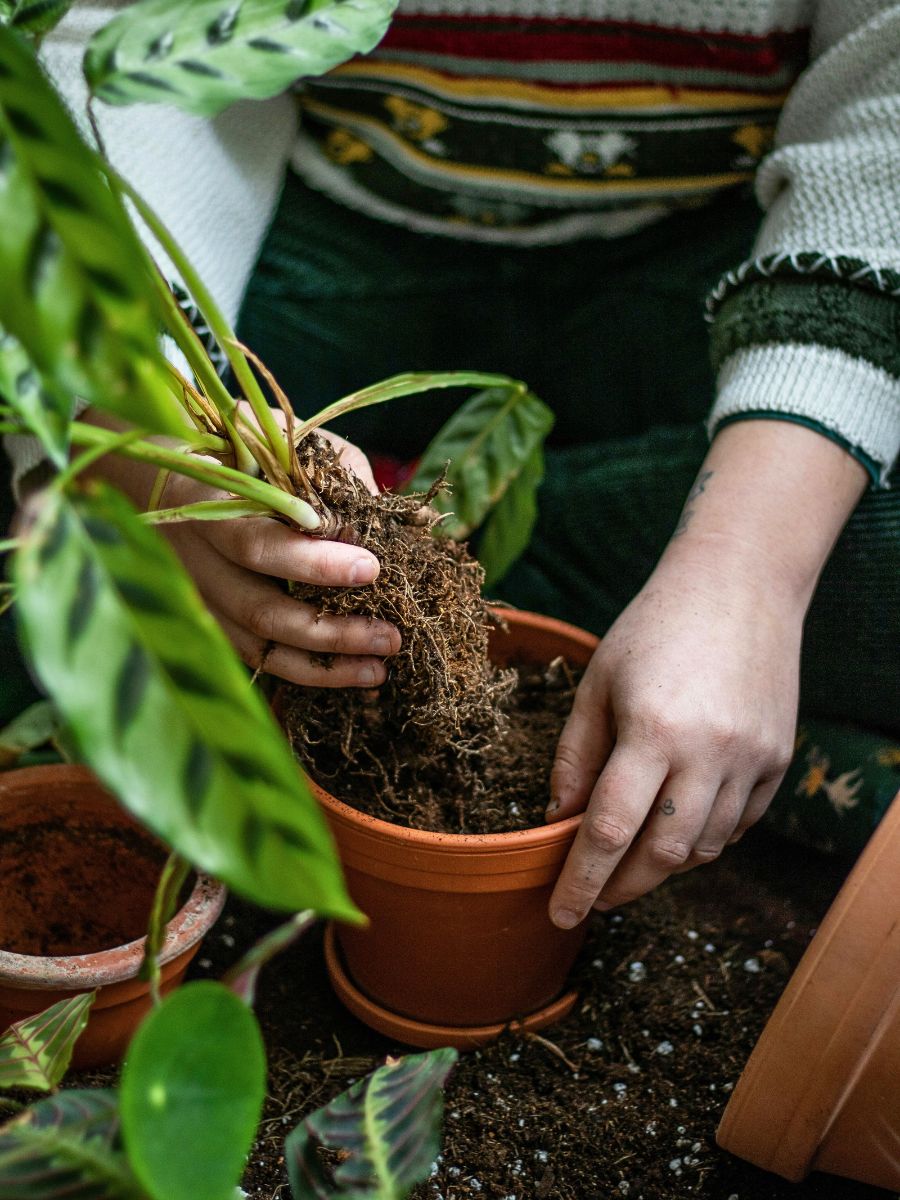
Loosening Heavy Soil and Clay Heavy Soils
Sand also helps loosen up heavy soil. What happens is that some soil, especially heavy clay soils, can be difficult to work with and will not have sufficient drainage. Applying a generous layer of horticultural sand over the soil and then digging it into the top of the soil helps improve the general texture and, in turn, prevent waterlogging and improve root penetration.
When working with a clay and silt mixture for gardening, adding sand is even more important. Clay soils have small particles that pack together tightly, creating a dense barrier that roots struggle to penetrate. For heavy or clay soils, you may need to add enough sand to equal about half of the total soil volume to make a considerable difference. While substantial, this is necessary to improve the soil condition when it comes to clay soils. Sand helps keep the soil loose and prevents the compaction that naturally occurs.
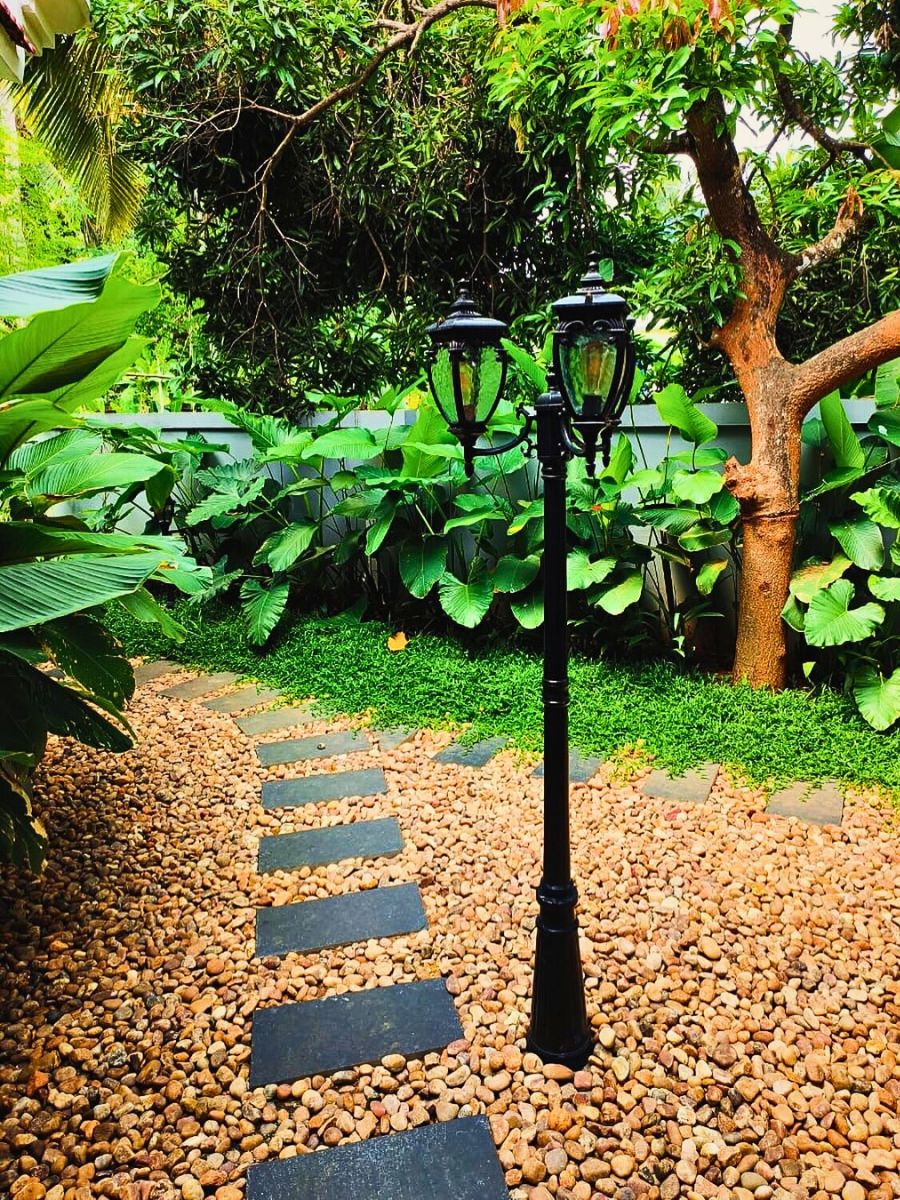
Improving Lawn Health and Reducing Soil Compaction
As with any plant, your lawn's health suffers if your soil does not have proper drainage, especially for those who live in climates that experience more rainfall. Using a lawn aerator, you can create holes in your lawn, and then pour a thin layer of horticultural sand over the lawn. Then gently rake over the sand so that it works into the aeration holes. This helps improve the grass root growth, optimize water absorption, and even prevent lawn compaction.
This technique, known as topdressing, is one of the most effective ways for improving lawn health over time. The sand fills the aeration holes and creates permanent channels that remain open even as the surrounding soil settles, reducing compaction. For best results, repeat this process annually, particularly if dealing with heavy clay soils underneath your lawn or poorly drained areas. The process helps maintain good drainage throughout the seasons and ensures that the grass’s roots can access water and oxygen.
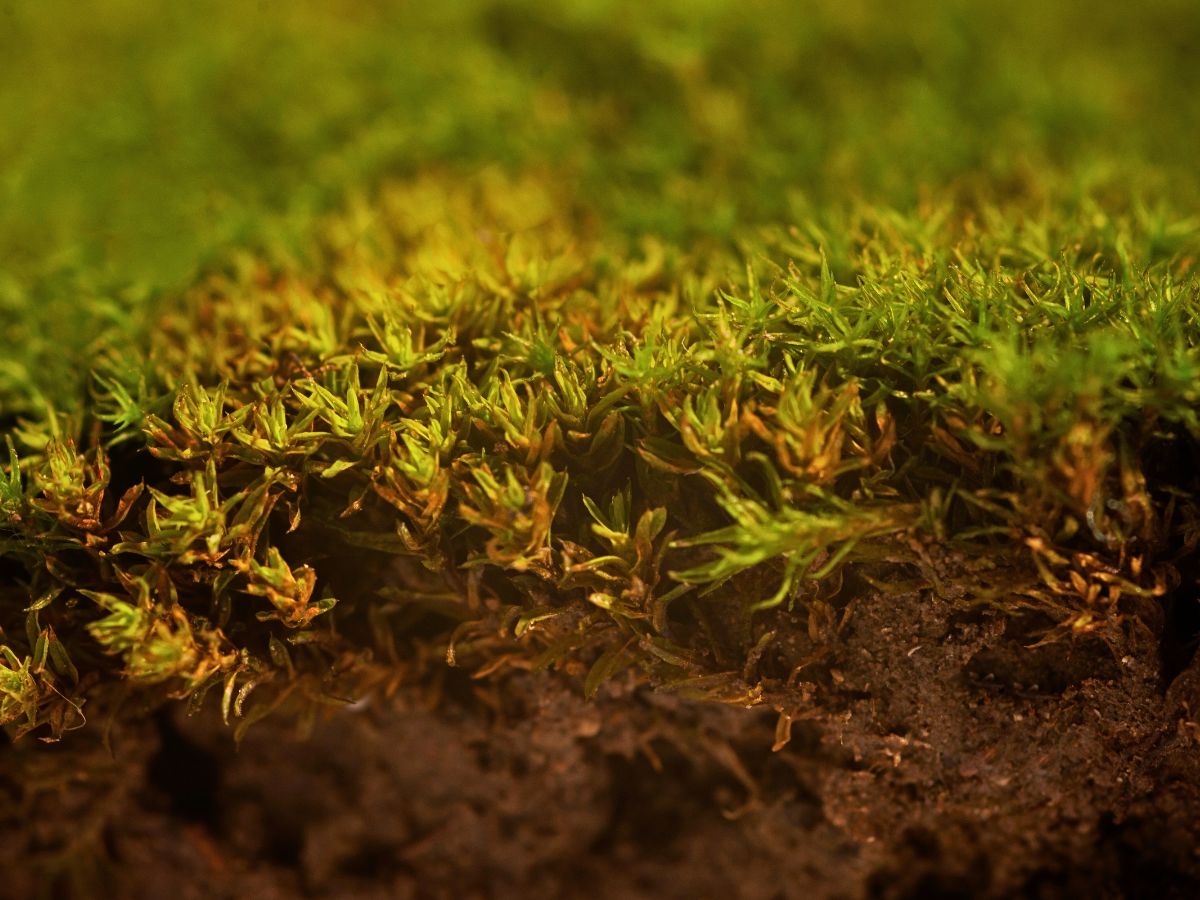
Using Garden Sand for Raised Beds
Another great use of gardening sand is creating raised beds. Using horticultural sand, thanks to its coarse and gritty texture, creates the optimum environment for healthy plant roots, because of the good drainage it encourages. However, it's important to avoid beach sand for raised beds because it’s smooth and tiny particles tend to compact easily, and often contains salt, which in high concentrations can cause stunted growth and wilting foliage.
Many gardeners also ask: Can beach sand be used for gardening? The answer is generally no, and raised beds show why. Beach sand has been worn smooth by constant wave action, creating rounded particles that fit together too tightly. Plus, the salt content can accumulate in your native soil over time, creating a hostile environment for many plants. When building raised beds, the type of sand you choose directly impacts plant health. Garden sand mixed into your soil mix creates the drainage and aeration that healthier plants need for robust root systems.
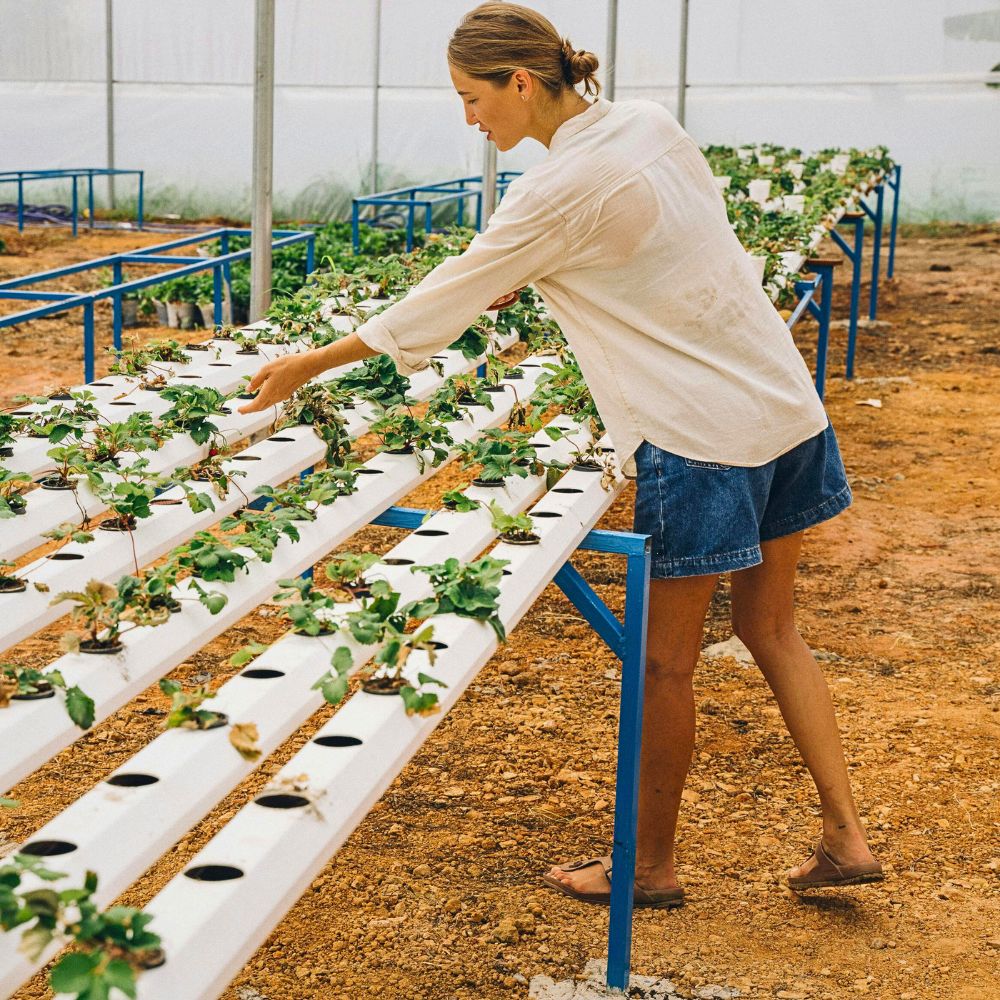
Creating the Best Potting Mix for Container Growing
What you want to avoid when growing plants in containers is compacted soil, which can happen easily with container growing. Compacting suffocates the roots and stunt plant growth. You can create a great potting mix that encourages plant growth by using horticultural sand and peat, or compost. This soil mix is a good choice when growing herbs, vegetables, houseplants, cacti and succulents.
For container growing, the ratio of sand to organic matter matters. While many plants do well with one part sand to two or three parts compost or peat moss, succulents and cacti prefer a much grittier mix, sometimes as much as a 50/50 blend. This ensures the rapid drainage these desert plants require to avoid root rot and promote healthy plant growth.
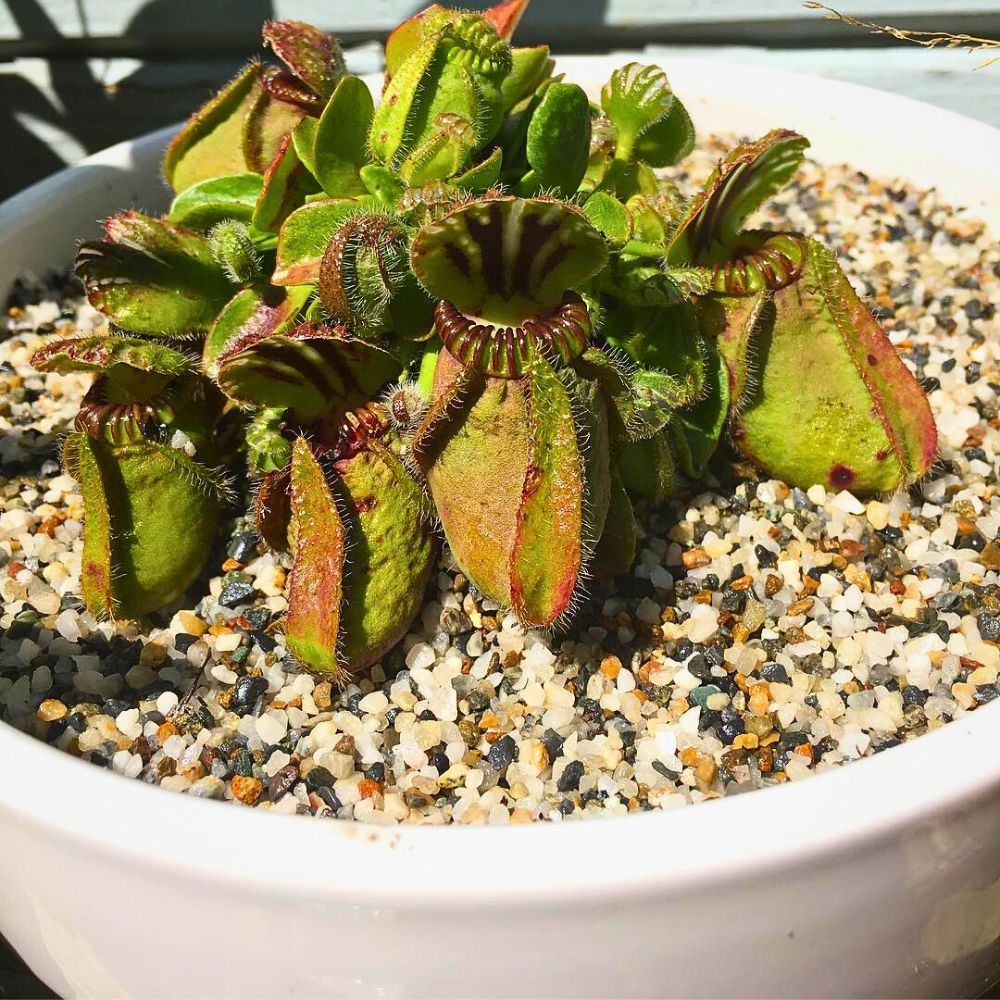
A soilless rooting medium that contains horticultural sand is also perfect for planting seeds and rooting cuttings. The loose structure of this mixture provides excellent conditions for seed germination and helps young plant roots establish themselves. Adding a thin layer of sand on top of the potting mix also benefits plants by improving the soil surface drainage.
Is Play Sand Good for Gardens?
A common question many new gardeners ask is: “Is play sand good for gardens?” The short answer is no, and here's why. Play sand is specifically processed to be safe for play areas, which means it is finely ground and smooth. While these qualities make it perfect for sandboxes, they make it bad for gardening.
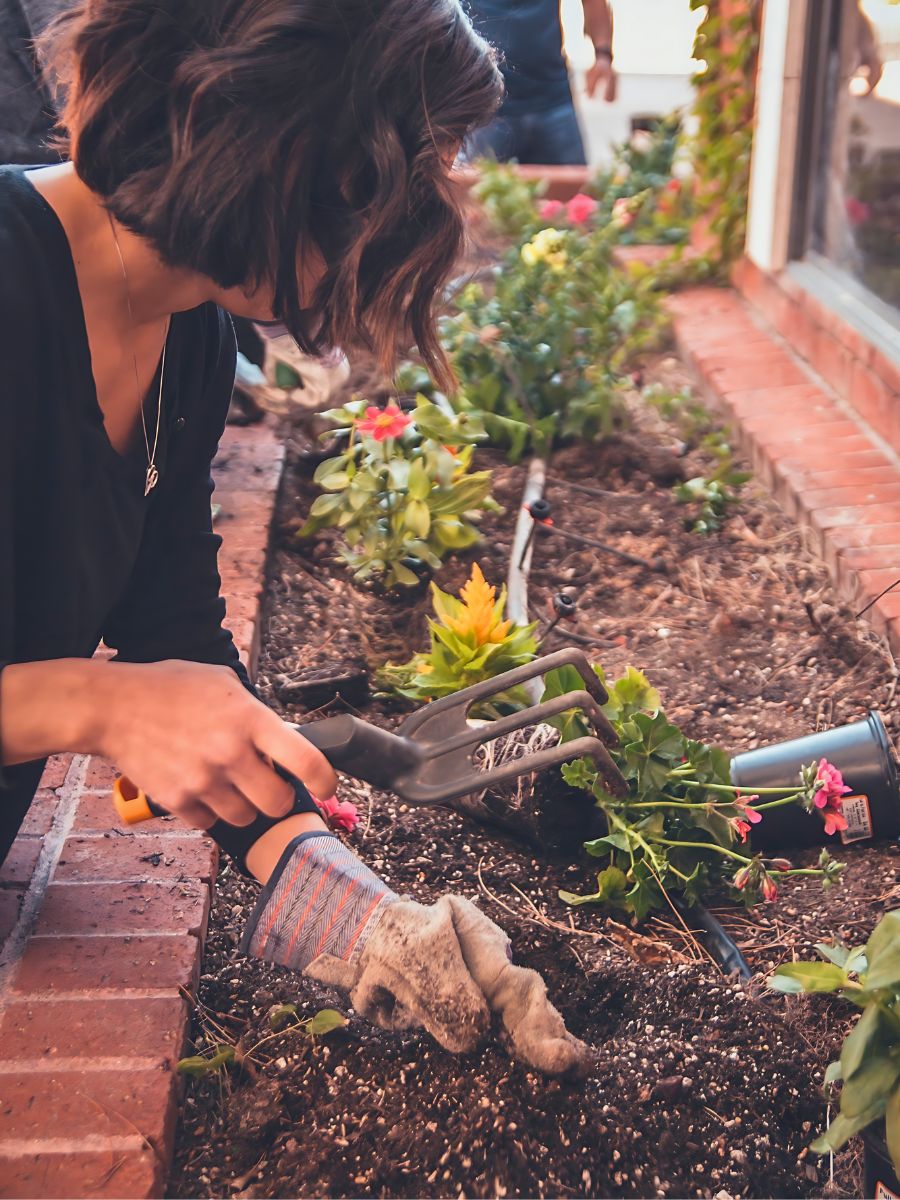
Play sand compacts easily when wet, creating the exact opposite effect of what you want in garden soil. Instead of improving soil drainage and creating air pockets, play sand worsens drainage by filling in the spaces between soil particles. Also, sandbox sand often contains silicates and other materials to prevent clumping, which don't contribute to plant health.
Notably, the biggest difference between play sand and garden sand is their particle size and texture. Garden sand maintains a gritty texture that keeps soil loose, while play sand's fine texture leads to poor drainage and soil compaction. This explains why play sand should not be substituted for proper horticultural sand in gardening.
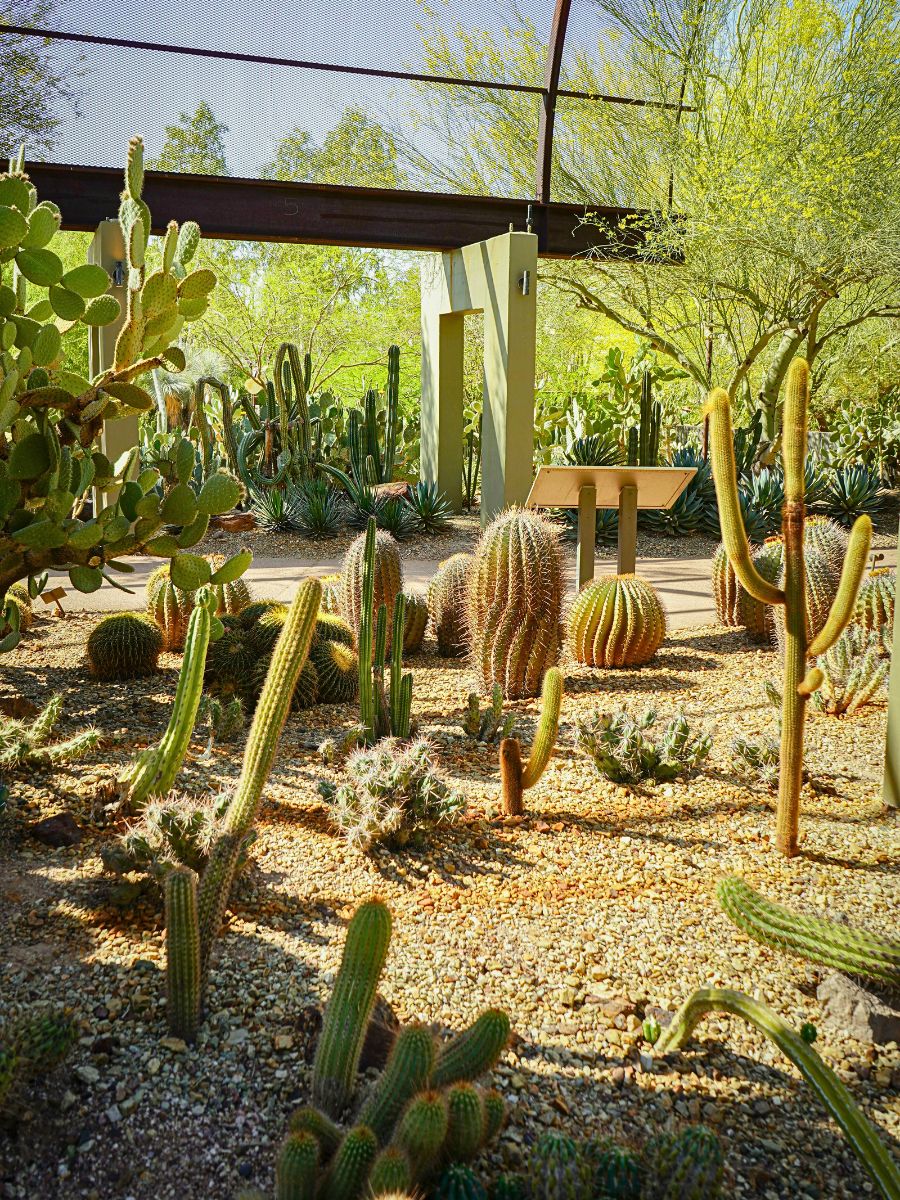
Understanding Sandy Loam Soil and Soil Amendments
For soil amendments, it's important to understand where sandy loam soil fits into the picture. Sandy loam soil represents the ideal balance that many gardeners try to achieve. It combines the drainage benefits of sand with the nutrient retention of loam. Many plants prefer this balanced growing medium for optimal growth.
If your native soil is heavy clay, adding coarse sand is one of the soil amendments that can help you move closer to achieving a sandy loam soil texture. However, sand alone isn't always enough. Combining sand with organic matter creates the best soil structure for many plants, providing both drainage and nutrition. Garden amendments like horticultural sand work best when used as part of a comprehensive approach to soil improvement.

Where to Buy Coarse Sand for Gardening
On where to buy coarse sand for gardening, there are several options depending on your location and the quantity you need. Local garden centers and nurseries typically stock horticultural sand. It may be labeled as sharp sand, coarse sand, or even horticultural grit. These locations often offer the best sand for gardening since their products are specifically formulated for improving soil drainage and plant health.
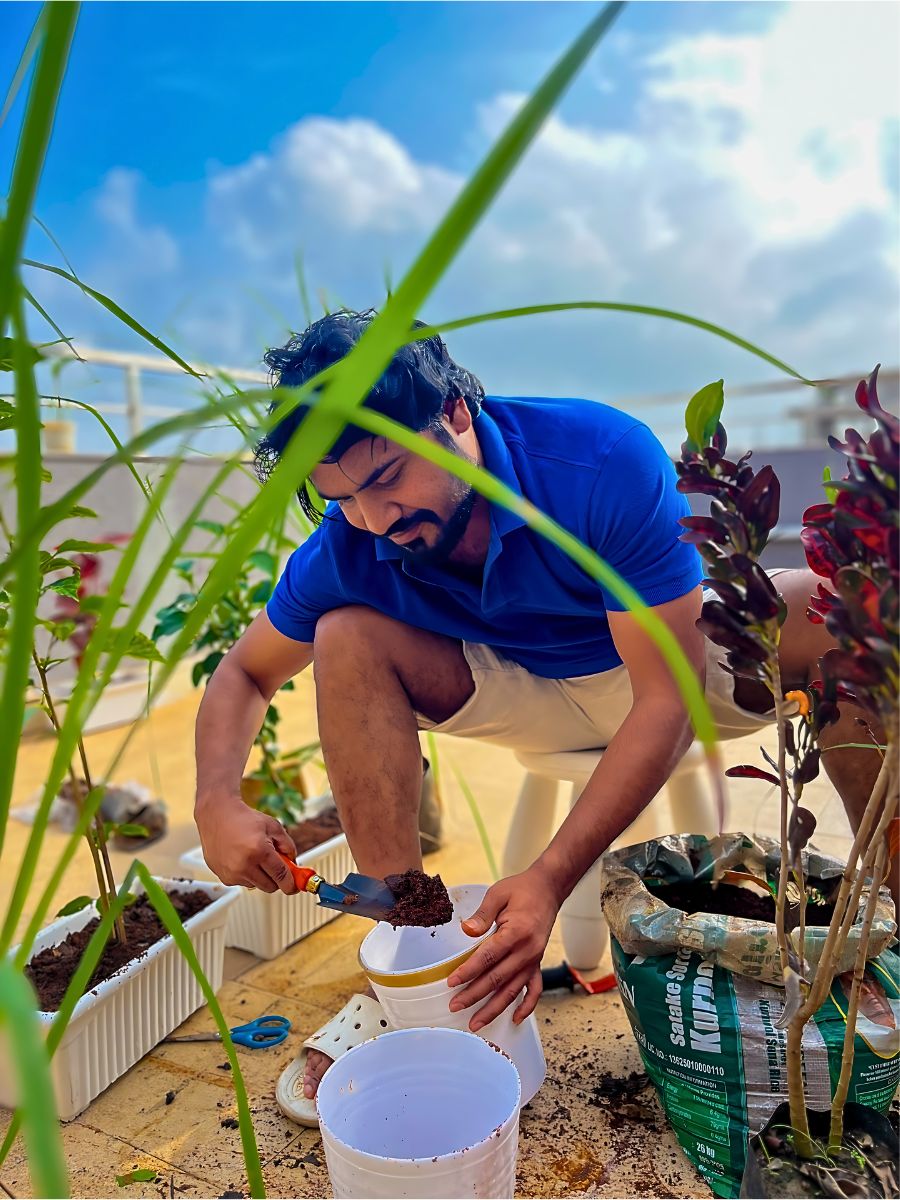
Hardware stores and building supply centers carry builder's sand, which can work as a more economical alternative for large projects. Landscape supply companies usually offer bulk quantities at better prices if you're amending a large garden area or working with heavy soil across your property. When shopping, look for products specifically labeled for garden use rather than paver sand or construction sand meant for hardscaping.
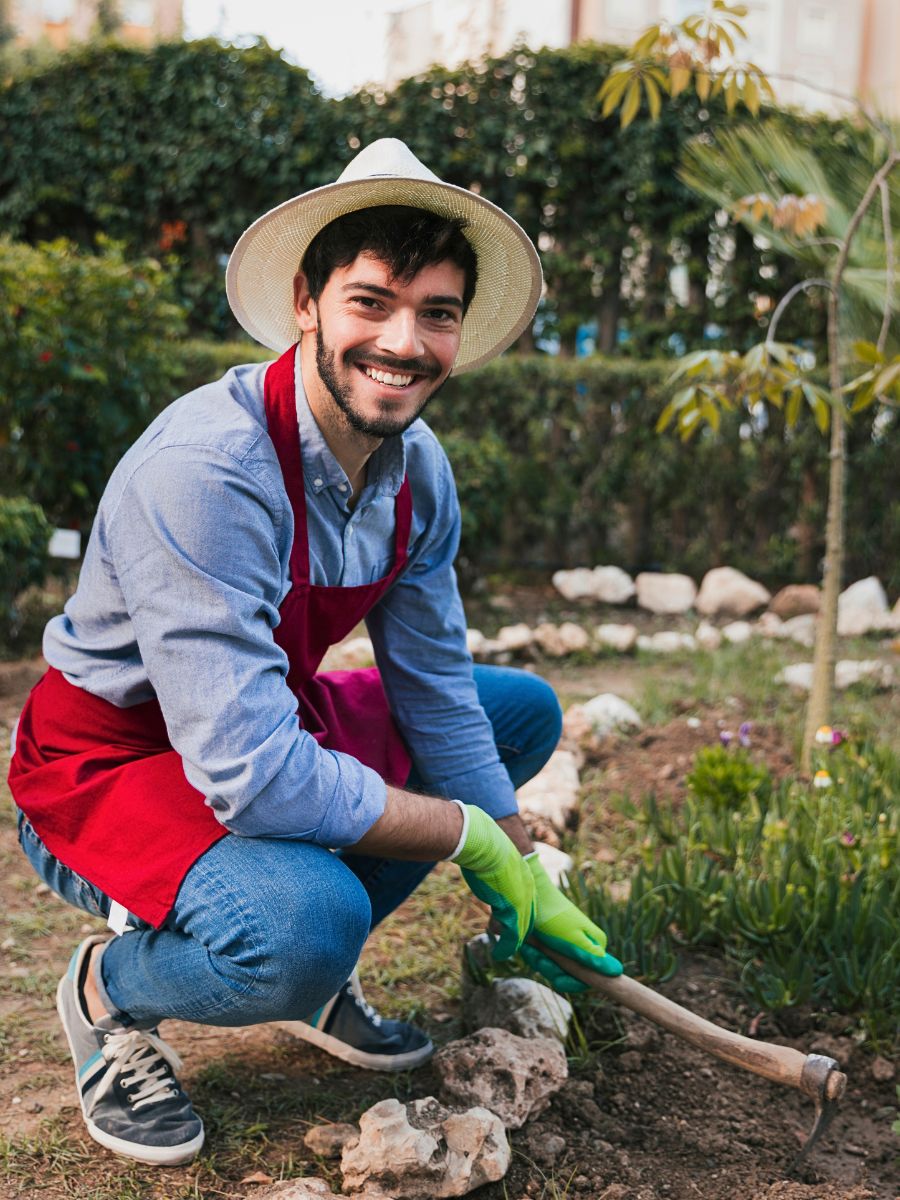
About Green Sand for Gardening
Green sand is a specialized product also known as glauconite. It is a naturally occurring mineral that provides potassium and other trace minerals to your soil. Unlike the drainage-focused sands, green sand serves primarily as a soil amendment that slowly releases nutrients.
It works particularly well in combination with coarse sand. While coarse sand improves physical soil structure, the green sand adds nutritional value. This combination approach gives you both immediate drainage benefits and long-term fertility improvements. However, green sand shouldn't replace coarse sand for drainage purposes, as its particles are too fine to significantly affect soil structure or improve drainage.

Plants’ Wellness and Long-Term Garden Success
Many other factors determine how well your plants grow in your garden. Sand is not the be-all and end-all. Using the right kind of sand in the garden adds a valuable component to your garden soil. Knowing the differences between coarse sand, play sand, and specialty products like green sand helps you make better decisions for your specific garden needs. Ultimately, the best sand for gardening depends on soil type, climate, and plants grown.
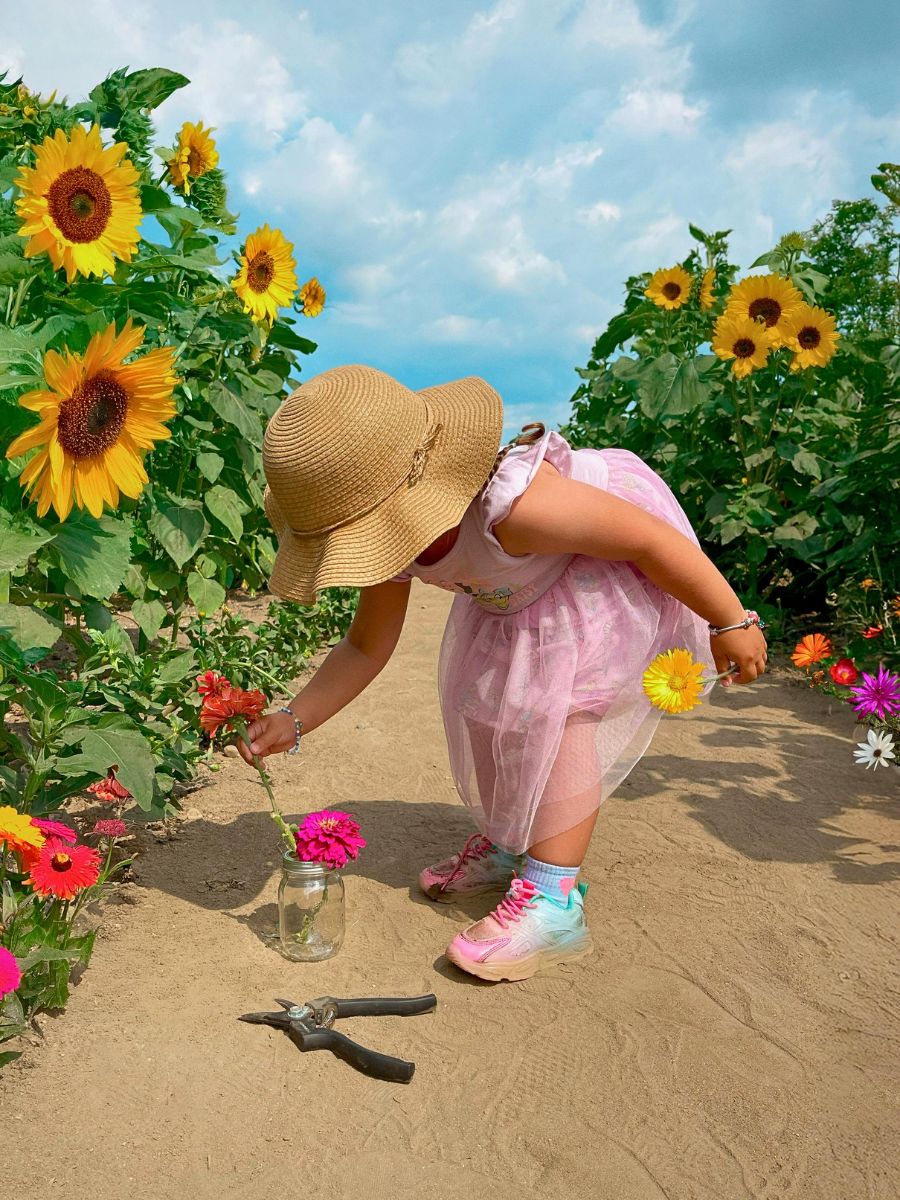
Heavy clay soils benefit most from generous amounts of coarse sand, while sandy loam soil might need little to no additional sand at all. Assess your garden's soil conditions before investing in large quantities of any amendments, including types of sand. So, if you didn’t know about the different types of sand and their benefits, now you do! So get out there and reap the rewards!
Feature image by @nidhin_krishnaa_. Header image by Priscilla Du Preez 🇨🇦.










